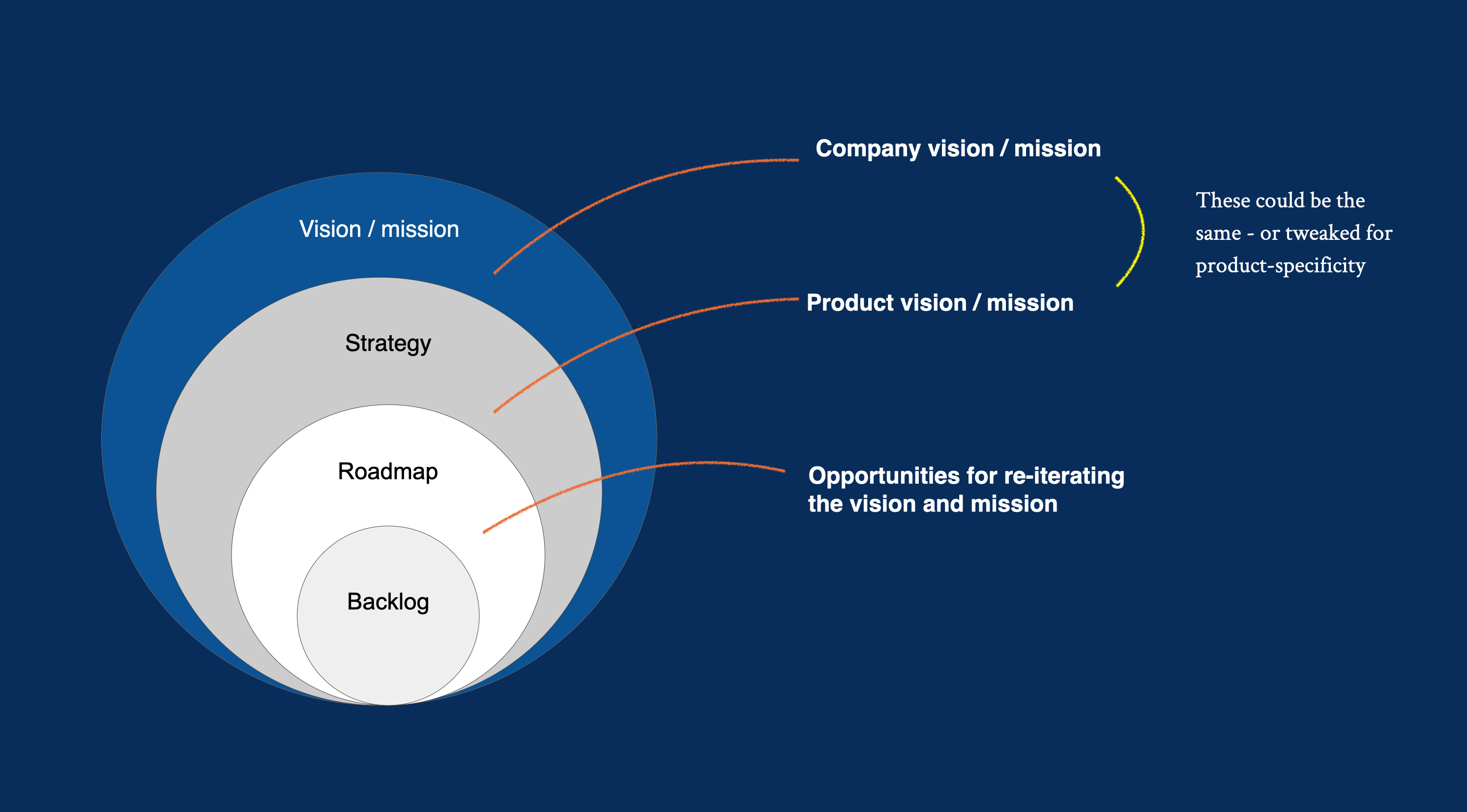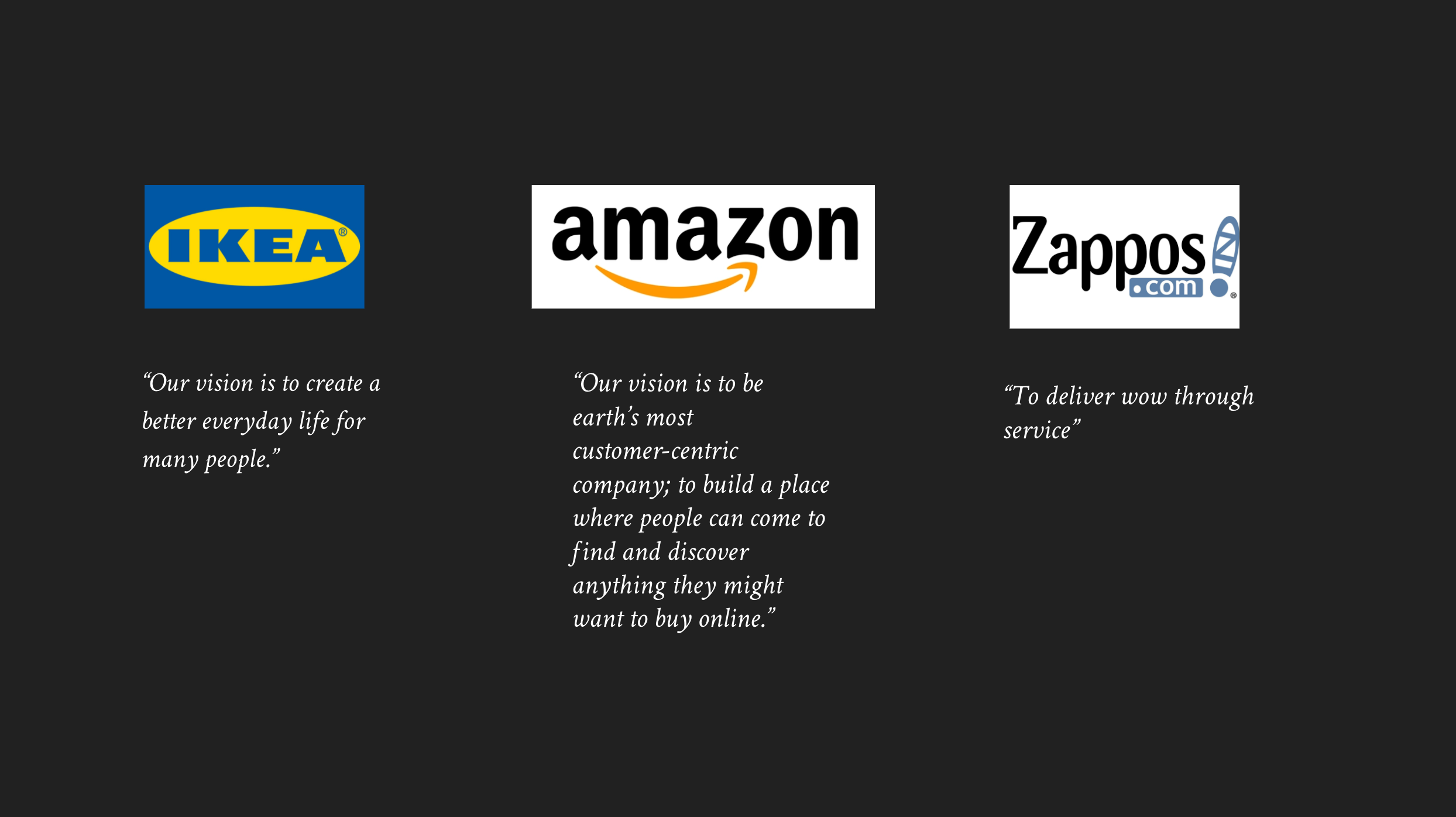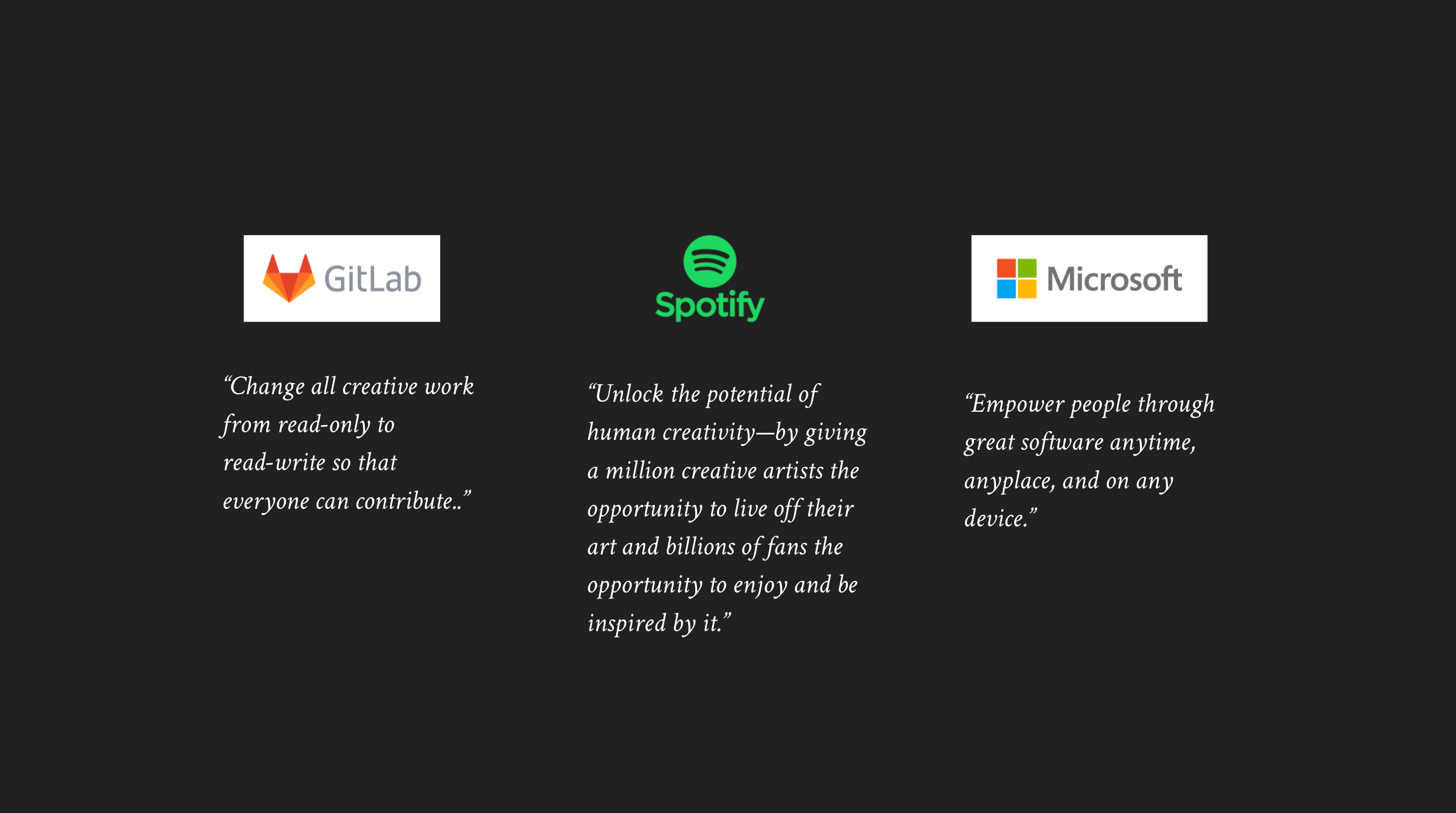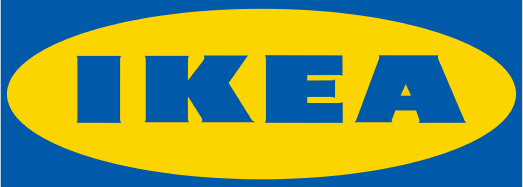How to Write a Product Vision Statement
Why one sentence can motivate, inspire and help you navigate your way to build winning products
I once worked at a company where the management teams spent several weeks coming up with a vision statement that encapsulated the company’s lofty ambitions perfectly. At the time, I chuckled to myself, thinking that spending so much time on writing a single sentence was a bit ridiculous. But as I’ve gotten older over the years, I think back to that time and wonder if the folks involved were right to spend so much time coming up with ideas for the company’s vision statement.
Were they? I’m still not sure.
But for now, let’s have a look at some of the key criteria you should consider when you’re coming up with your own vision statement – whether you choose to spend weeks or just a few days to craft it.
When should you bother with a vision statement?

When developing a product strategy
The most common time to think about your product vision is when you’re developing your product strategy.
There’s a lot of crossover between business strategy and product strategy and when you’re crafting your product vision you should bear your company’s overall strategy in mind. Ideally, your company should already have a strategic vision and the product vision should align nicely with that. If your company has no strategic vision in the first place, coming up with an overarching product vision will be nigh on impossible. Hit pause, get that sorted first and then tackle your product vision.
Company vision vs product vision
It may be that you don’t create a product-specific vision; you could simply reiterate the company vision, or tweak it slightly to make it more product-centric.
When building new teams
If you’re in a leadership position, you’ll no doubt be involved in re-orgs and restructures, deciding on how best to set up your product division. This can be an appropriate time to craft a new product vision or reassess your existing vision to ensure it still aligns with your team makeup.
During a re-structuring process, there will be a natural knee jerk reaction from the teams involved, with questions about the rationale of the moves and what that means for people’s day to day roles.
Using this as an opportunity to clarify and communicate your overarching product vision will help galvanise the team, settle any anxiety and bring clarity to the purpose of your product and how the new team structure fits into this vision.
When launching new products
One of the strategic considerations when launching new products is to figure out how it complements or fits into your wider product set.
Reassessing your product vision and figuring out how the new product fits into this is an important part of new product launches. Major new product releases are also an opportunity to reassess your vision.
The anatomy of a product vision statement
OK, now let’s take a look at the meat and bones of the issue: what exactly is going to be included in your product vision? It can’t just be a rambling, arbitrary sentence that makes no sense; it will need careful crafting so that it aligns nicely with your business and inspires the teams it impacts.
To help you craft your vision statement we’re going to take a look at some key criteria to consider.
Here’s some real world examples of company vision statements / missions:


These are mostly examples of company vision statements but could also be tailored to work in a product context, too. There are some common characteristics across each of these statements. Let’s examine what they are so that you can draw inspiration from them when creating your own.
1. It links to the value proposition
It goes without saying that your product vision should ultimately link back to your product’s overall value proposition. Sure, it doesn’t have to be explicitly obvious that your vision fits within a specific industry domain, but it makes no sense to come up with a vision so random that people feel confused by the mismatch between the vision statement and the company.
Zappos’ vision is to ‘deliver wow through service’, is slightly tenuous but it links nicely to the idea that buying shoes online should be made easier through better customer service.
Gitlab’s vision is to change creative work ‘from read-only to read-write so that everyone can contribute’. This neatly sums up the idea of a git management tool; do away with code repository gate keepers and instead make the process a more collaborative endeavour.
How to link your vision statement to your value proposition
- What are the fundamental parts of your product’s value proposition?
- What is it that customers get value from?
- What do customers pay you for?
- Why is it valuable?
- How would you distil your product’s value proposition into something neat and accessible?
These are some of the questions you should ask yourself when crafting your product’s vision statement. But it’s not just about value.
2. Inclusive
Notice how the majority of the examples we looked at used inclusive language. ‘Empowering people’, ‘unlocking the potential of human creativity’, creating a ‘better everyday life for many people’.
This is a powerful aspect of your product vision statement. It should seek to be inclusive so that it appeals to a broad spectrum of customers. The tricky part here is to decide whether to be explicit in the types of customers you’re targeting or not.
If you’re a SaaS product targeting small businesses, for example, you could decide to make it explicitly clear that you’re serving small businesses in your product vision statement. This is perfectly sensible if doing so has no negative impact on your strategy. If you think you might later change your strategy to target a different target audience altogether, though, perhaps it’s worth keeping this broad and inclusive and avoiding too much specificity at this stage.
3. Inspiring, bold and ambitious
What use is a vision statement if it’s drab, dull and uninspiring?
A major utility of your product vision statement is that it serves to inspire your team members. The product management function is designed to lead and inspire and a vision statement helps to do this.
Make your vision statement as bold, ambitious and inspiring as you possibly can.
Amazon’s reference to ‘earth’ demonstrates it global ambitions.
Asana’s mission is to ‘help humanity thrive by enabling all teams to work together effortlessly.’
Unbounce’s mission statement is ‘to educate, connect and empower marketing teams and agencies to grow their businesses with the best conversion tools on Earth.’ Again, the lofty aspirations to create the best conversion tools on planet Earth are inspiring and bold. If Unbounce’s mission statement was ‘to increase landing page conversion’ it wouldn’t be quite as inspiring.
Unbounce’s mission statement is ‘to educate, connect and empower marketing teams and agencies to grow their businesses with the best conversion tools on Earth.’ Again, the lofty aspirations to create the best conversion tools on planet Earth are inspiring and bold. If Unbounce’s mission statement was ‘to increase landing page conversion’ it wouldn’t be quite as inspiring.
4. Highlights your strategic advantages and differentiators
Finally, one of the most powerful characteristics of your product vision is that it highlights your strategic advantages and differentiators.
If you don’t have any strategic differentiators, there are a number of different types of differentiation you can deploy. It may also be that you’ve decided as a business that you don’t need to have any strategic differentiators and that’s usually because you’re able to survive on economies of scale and offer low cost advantages instead. But you could argue that that’s a strategic differentiator in itself.
Real world examples of visions with strategic differentiators

IKEA’s nod to ‘every day life’ shows that it helps customers by offering appealing furniture at valuable pricing. IKEA’s ability to do this at scale is a unique advantage brought to life.
![]()
Booking.com’s mission is to “make it easier for everyone to experience the world” – this highlights Booking’s focus on UX and ease of booking, which is one of its strategic differentiators.
![]()
Shopify’s mission is to “make commerce better for everyone, so businesses can focus on what they do best: building and selling their products.” This demonstrates Shopify’s differentiator is in enabling ecommerce business owners to stop worrying about the ecommerce technology part of their business and instead focus on selling the products they build.
![]()
Subscription package management SaaS product Recurly’s vision is ‘to reinvent how subscription-based companies achieve success.’ The reference to ‘reinvention’ articulates Recurly’s focus on doing things differently by offering an all in one solution to subscription package management.
Visions, goals, OKRs, roadmaps, product requirements – where does a vision fit in?
As with all things product, there are no definitive lines of delineation to neatly explain where a company mission ends and a product vision or roadmap starts. Your product vision is an attempt to neatly articulate why your product exists and why your team members should bother building it.
Once a vision is set, use it as much as possible so that everyone knows what it is and what it means. But beware that not everyone will be bought into the idea, initially.
Dealing with the naysayers and cynics
Attempts at being bold and ambitious with tools like vision statements can sometimes be met with cynicism from team members. They may nod along in an all-hands meeting about the new company or product mission statement, but, just like I did, they laugh to themselves and think it’s all a bit OTT.
In my view, one of the reasons for this is that the mission or vision statement just seems too abstract and nebulous and not steeped in reality. The best way to address (legitimate) criticism like this is to spend time bringing to life using tangible examples of how this vision statement will manifest itself. That way, this isn’t just some abstract, corporate concept; it’s is a vision that will help guide decision making and the product development process.
Refer to your vision statement when setting your OKRs, but let your OKRs have a life of their own. Build a roadmap that aligns strategically with your overall vision but is also rational enough to reflect the reality of the challenges facing your business. Create product requirement documents that are aligned with your strategy and vision but pragmatic and rooted in the details of the specific feature you’re building.
A strong product vision statement isn’t going to solve all of your product’s problems. But what it will do is provide clarity, inspire your team and help guide your decision making when you’re not sure what to build next. And for that alone, maybe it is worth the effort after all.



